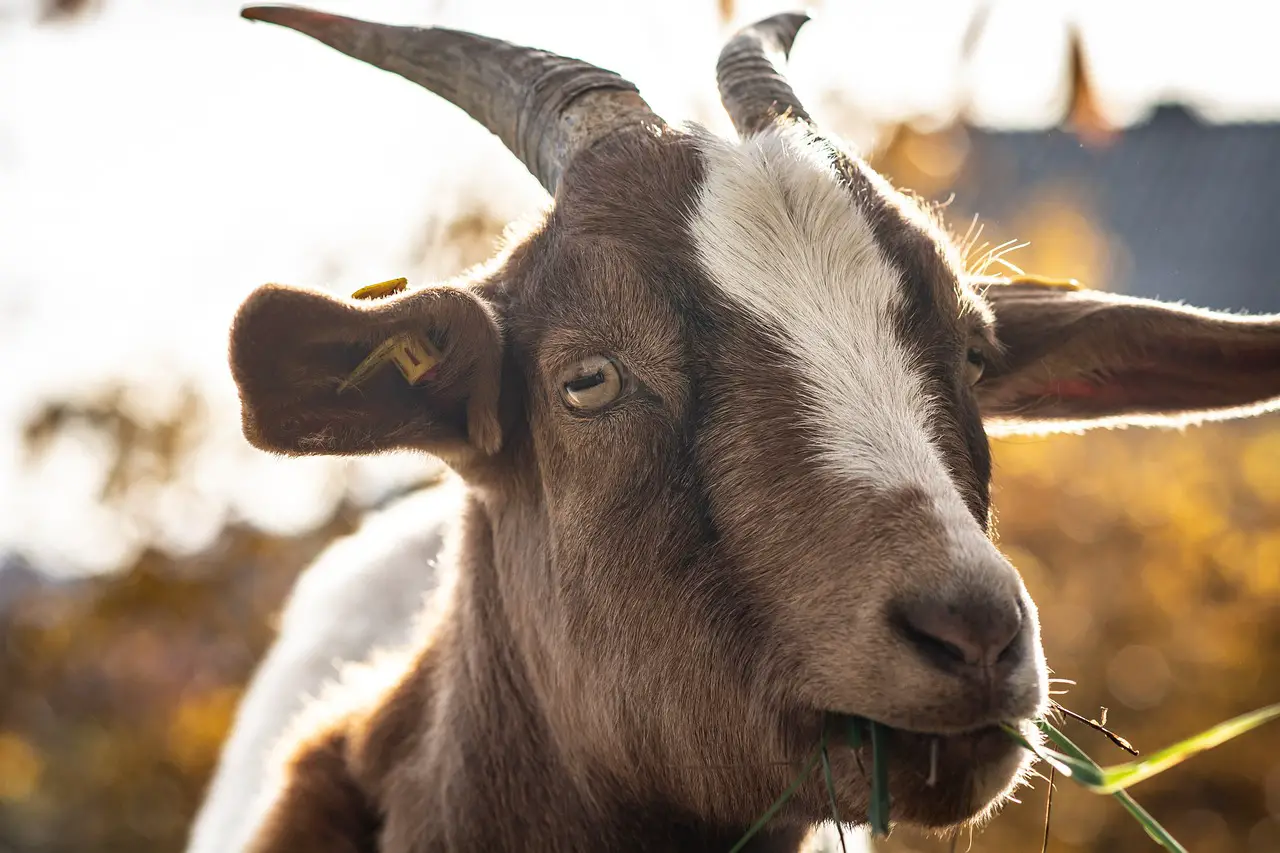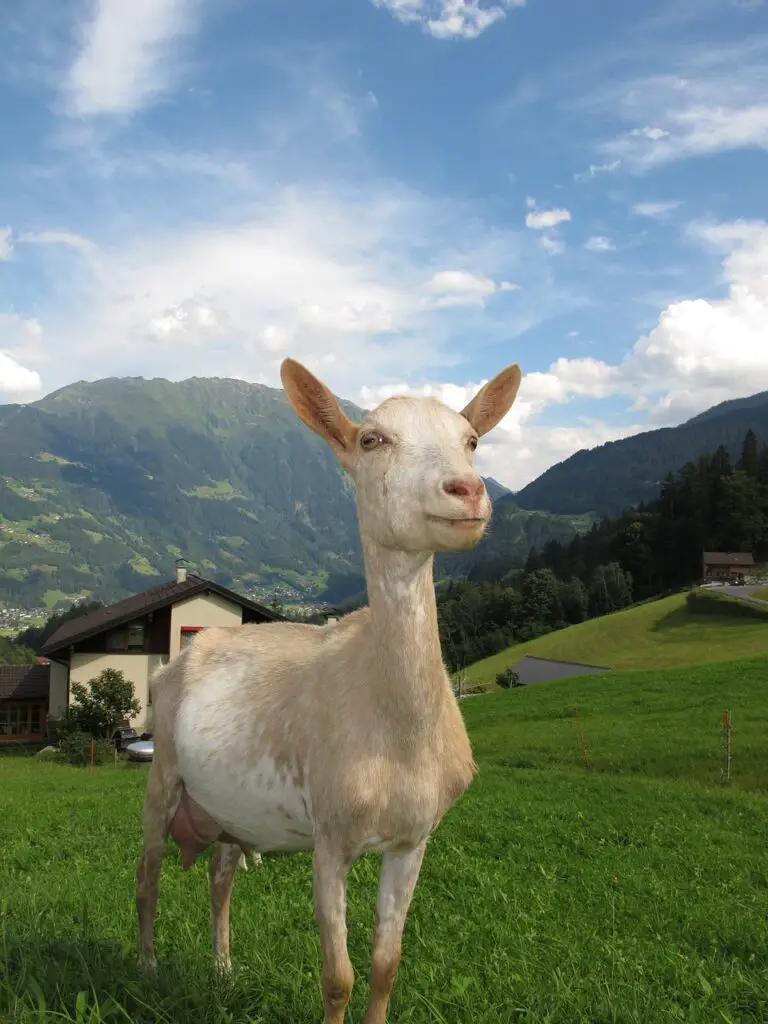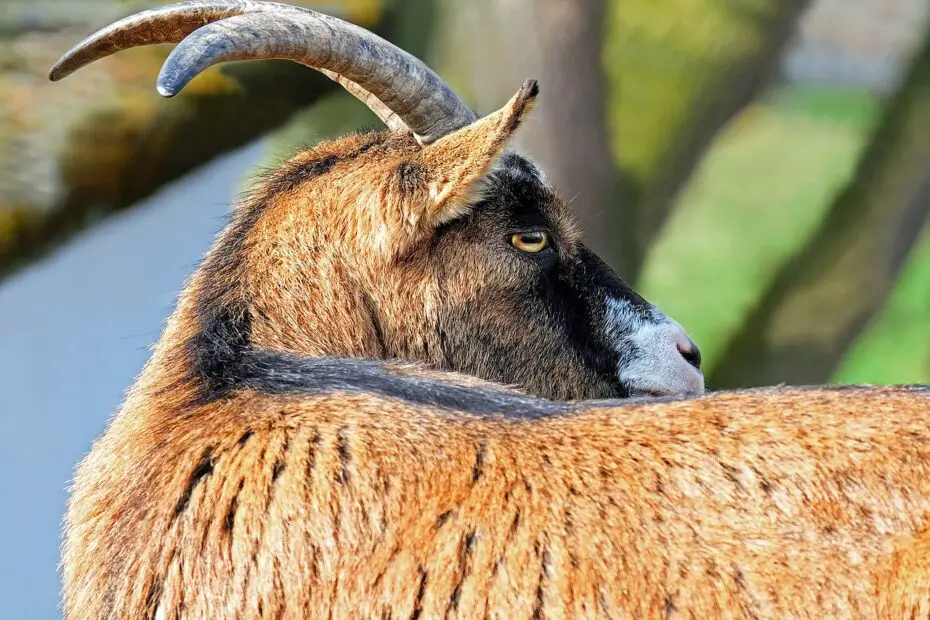Alpine goats are a popular breed known for their adaptability, resilience, and usefulness in various agricultural practices. In this article, we will explore the characteristics of Alpine goats, their habitat, benefits, and care requirements. Whether you are a farmer, homesteader, or simply curious about these remarkable animals, this article will provide insights into the world of Alpine goats.
You may also want to read about mini goats that make great pets.
2. Characteristics of Alpine Goats
2.1 Physical Appearance
Alpine goats are medium to large-sized animals with distinctive features. They have a sturdy build, balanced proportions, and strong legs. Their coat comes in various colors and patterns, including solid, two-tone, and multicolored. Alpine goats also have erect ears, which enhance their alertness and contribute to their charm.
2.2 Adaptability and Resilience
One of the key attributes of Alpine goats is their adaptability to diverse environments. They are well-suited for rugged terrains, including mountainous regions and steep slopes. Alpine goats possess a remarkable ability to withstand harsh weather conditions, making them an excellent choice for challenging climates.

3. Habitat and Distribution
3.1 Alpine Environments
As the name suggests, Alpine goats are particularly suited for alpine environments characterized by high altitudes, cool temperatures, and abundant vegetation. Their agility and surefootedness enable them to navigate steep slopes and rocky terrains efficiently.
3.2 Global Distribution
Alpine goats can be found in various parts of the world. They are commonly raised in mountainous regions of Europe, including the Alps, Pyrenees, and Carpathians. Additionally, they have been successfully introduced to other countries such as the United States, Canada, and New Zealand.
4. Benefits and Uses
4.1 Dairy Production
Alpine goats are renowned for their excellent milk production. They are valued for their high milk yields, which have desirable butterfat content. The milk of Alpine goats is often used to produce a wide range of dairy products, including cheese, yogurt, and soap.
4.2 Meat and Fiber
In addition to their dairy production, Alpine goats are also raised for their meat. Their meat is flavorful, lean, and sought after by consumers. Furthermore, their soft and durable fiber can be utilized for the production of mohair and cashmere.
4.3 Land Management
Alpine goats play a significant role in land management. Due to their browsing nature, they are effective at controlling unwanted vegetation and managing overgrown areas. Their ability to forage on various plants helps maintain biodiversity and prevents the dominance of certain plant species.

5. Alpine Goat Care and Maintenance
5.1 Feeding and Nutrition
Proper nutrition is essential for the well-being of Alpine goats. Their diet should consist of high-quality hay, fresh browse, and a balanced feed formulated for their specific nutritional needs. Adequate water supply is also crucial to keep them hydrated, especially in arid environments.
5.2 Shelter and Environment
Alpine goats require adequate shelter to protect them from extreme weather conditions. A well-constructed barn or shed provides them with a comfortable living space. Additionally, they need access to outdoor areas that allow them to roam and graze freely.
5.3 Health and Veterinary Care
Regular health checks, vaccinations, and deworming are vital for maintaining the health of Alpine goats. Consultation with a veterinarian and adherence to proper preventive measures, such as hoof trimming and parasite control, are necessary to ensure their well-being.
6. Conclusion
Alpine goats are a versatile and hardy breed that thrives in alpine environments. Their adaptability, milk production, meat quality, and land management capabilities make them a valuable asset in various agricultural settings. Whether you are considering raising Alpine goats for dairy, meat, fiber, or land management purposes, their resilience and versatility make them a rewarding choice.
Frequently Asked Questions (FAQs)
1. Are Alpine goats suitable for beginners in goat farming? Yes, Alpine goats are known for their adaptability and easygoing nature, which makes them suitable for beginners in goat farming. They are generally low-maintenance and can thrive in various environmental conditions.
2. How much milk can an Alpine goat produce? Alpine goats have excellent milk production capabilities. On average, they can produce between 2,000 to 3,000 pounds of milk per year, depending on their diet, genetics, and overall management.
3. Can Alpine goats be raised in warmer climates? While Alpine goats are well-adapted to cooler environments, they can also adapt to warmer climates with proper management. Providing shade, adequate ventilation, and access to fresh water are crucial considerations in hot regions.
4. What are the ideal living conditions for Alpine goats? Alpine goats require access to a sheltered area, such as a barn or shed, to protect them from extreme weather conditions. They also need ample space to roam and graze, as well as access to clean water and appropriate feed.
5. How long do Alpine goats typically live? Alpine goats have an average lifespan of 8 to 12 years. With proper care, including a balanced diet, regular veterinary check-ups, and suitable living conditions, they can lead healthy and productive lives.
